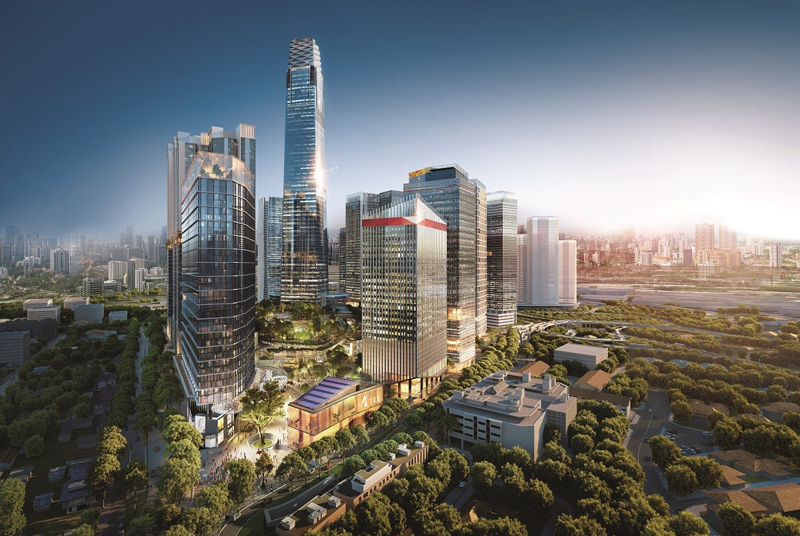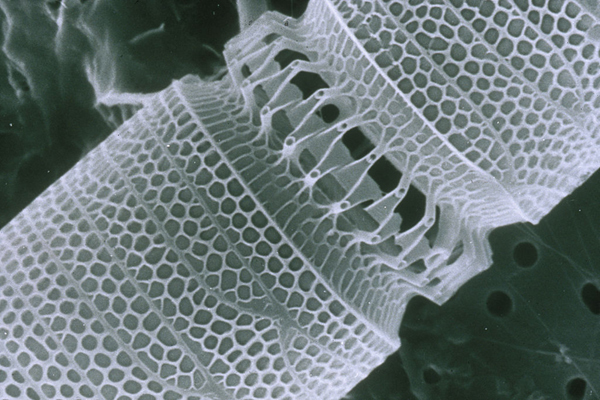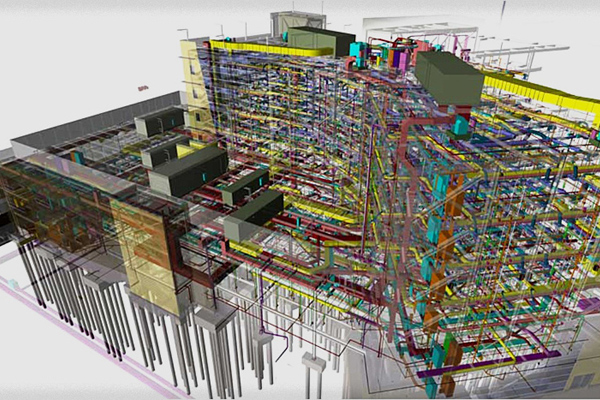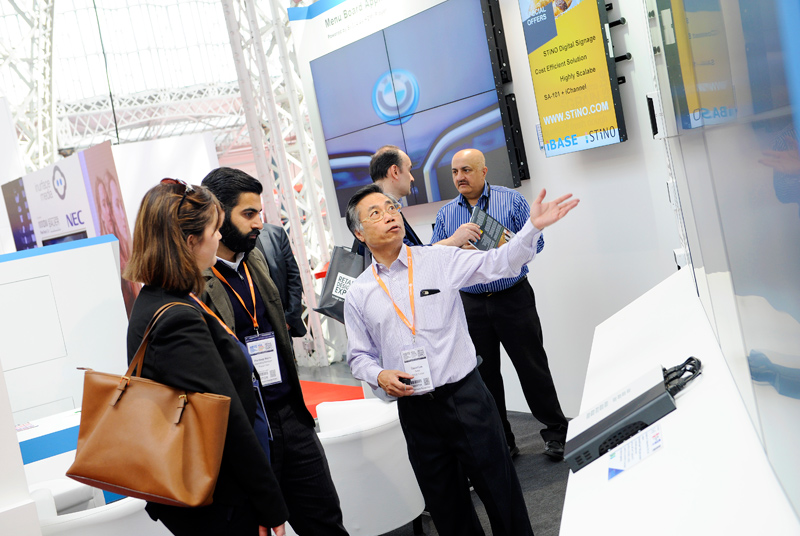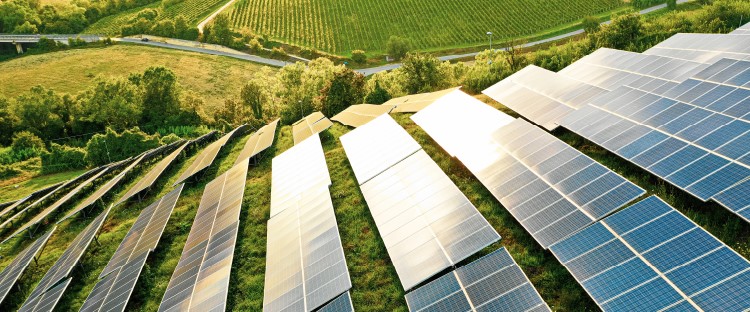Malaysia's Construction Boom Set for Major High-Tech, Green Upgrade
With US$20 billion worth of Malaysian residential and commercial projects given the go-ahead in 2017 alone, the global building-products industry sees a ready market for its environmentally friendly technology and smart systems.
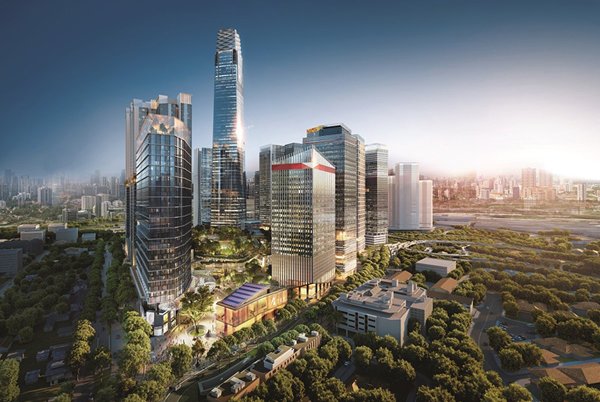
Construction is booming in Malaysia. In 2017, according to the Malaysian Institution of Engineers, more than RM83 billion (US$20 billion) of construction projects were awarded, with investment predicted to grow by 10% annually. It is considered one of the country's pillar economic sectors and is forecast to be worth 5.5% of its GDP by 2020.
Significant funding is being channelled into major infrastructure projects, such as the Pan-Borneo Highway, the KL-Singapore High-Speed Railway and East Coast Railway. Alongside this, in 2016 the government launched its five-year Construction Industry Transformation Programme, which aims to increase productivity and environmental sustainability while addressing safety and quality standards and developing tech-driven training programmes.
This, then, was the backdrop to Ecobuild Southeast Asia 2018, an event held in conjunction with Malaysia's International Construction Week (ICW), the largest construction trade event in Malaysia and an important platform for the ASEAN region. In total, it hosted 50 free seminars on topics ranging from construction logistics to nuclear-power plant planning and water management.
Overseas Companies
Among the companies exhibiting at the show was Macau-based Pacilink Construction, a business that aims to become one of the leading integrated construction engineering contractors in China and Southeast Asia. In particular, it wants to bring the expertise gained from large-scale projects in Macau and Zhuhai, such as the Grand Lisboa Palace, Wynn Macau and the Taipa Ferry Terminal, to Malaysia and beyond.
Explaining his company's strategy, Pacilink's Executive Director of Corporate Strategy and Development, Ben Kwok, said: "We set up an office in Kuala Lumpur two months ago and this is our first show. We see a lot of opportunity because of the Belt and Road Initiative, which means that many Chinese companies will invest in construction projects in Malaysia. We want to build our regional base here, develop our supplier network, and then maybe expand into other countries in Southeast Asia."
Liyang-based Jiangsu Baopeng Construction Industrial Materials, a joint venture between Baosteel and Jiangsu Pencheng Steel, is one of the Chinese companies looking to expand their activities in Malaysia. Baopeng used the show to promote its autoclaved aerated concrete block and panel technology for commercial and industrial buildings, which is said to be fireproof, non-permeable, soundproof and comparatively lightweight.
Gu Zhiqiang, Baopeng's Foreign Trade Manager, believes that many Chinese material suppliers are now looking at the Malaysian market, saying: "We grouped together with 10 materials companies from Jiangsu to attend this show, our first in Southeast Asia. We want to expand from China and are looking for opportunities in Southeast Asia, Europe and the US. At the moment, we are registering our products for standards certification in different markets."
Advanced Technology
The utilisation of advanced technologies to optimise productivity and reduce costs while supporting sustainability goals was an overriding theme at this year's show. AECOM Malaysia is the local arm of a Los Angeles-based professional and technical services firm, which specialises in global infrastructure assets.
Kesavan Jaganathan, the company's Executive Director and Head of Building Engineering, explained the effect new technology is having on the industry, saying: "Technology is transforming construction. We see 3D-modelling in project cost planning, AI being used in design processes and the Internet of Things helping synchronise everything."
Jaganathan picked out one technology in particular – nanotechnology, the development at an atomic or molecular level of new and improved materials – that is making a particular difference to the industry. He said: "Nanotechnology is revolutionising processes and improving materials used in construction. For example, it is being used to improve the strength of concrete, raise the temperature steel can withstand and enhance the photovoltaic efficiency of solar panelling. Malaysia identified nanotechnology as a potential growth sector in 2009, and has invested a lot of money in its research and development."

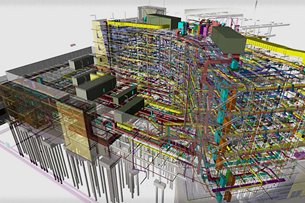
One company using IT to enhance its construction services is Smart Build Asia, a Singapore start-up that expanded into Malaysia two years ago. Explaining how it combines industry intelligence with a database subscription model, Gurpreet Khera, the company's Country Manager for Malaysia, said: "We offer subscribers access to the most extensive database of construction projects in both countries. In Malaysia, we collate project data from about 140 government departments and our database enables contractors, sub-contractors and suppliers to find the key stakeholders and ensure that their tenders and quotations are properly tailored to each project."
Others at the show, however, believed that Malaysia still has some distance to go if it is to catch up with other countries when it comes to construction technology. Among those embracing this particular view was ASEAN Engineering, the Southeast Asia distributor for the range of safety equipment – including fire-protection kits and evacuation suits – produced by Prague-based company Nano Technologi.
Explaining how it's developing its market across the region, Sales and Marketing Manager Lukas Krenovsky said: "The Czech Republic is a leader in nanotechnology, and we are growing our customer base across Asia. A lot of our work is in Thailand, Vietnam and Philippines, but less in Malaysia. Here it is very focused on cost and the awareness of our technology is higher in other countries."
James Hadden, Director of Malaysia-based Ninox and its Singapore sister company Argyle, also highlighted the cost factor, saying: "A lot of people in construction see technology as expensive and there has been a slowness to recognise the real benefits of improving processes."
Ninox and Argyle specialise in 3D scanning, 360-degree video and augmented and virtual-reality services for property and infrastructure developers, asset managers, engineering consultants and sales and marketing teams. Last year, it used perimeter scan software developed by 3D robotics for a successful pilot project in Kuala Lumpur.
Going Green
Large construction projects are currently redefining Kuala Lumpur's skyline, and one of the biggest new developments is the 17-acre Tun Razak Exchange (TRX) Lifestyle Quarter, which will integrate a financial district, retail and dining facilities, a hotel, six residential towers, a park and an MRT subway station. Due to be completed in 2020, it is a joint venture between Australian development and infrastructure company Lendlease and TRX City, a wholly owned subsidiary of the Malaysian Finance Ministry.
Describing the development as one of his company's largest current projects, Robert David Whent, Lendlease's EH&S Director for TRX, said: "TRX is currently one of our four largest projects worldwide, alongside the Paya Lebar Quarter in Singapore and two projects in Australia. We are also undergoing a major mobilisation in China and begin work on the International Quarter London later this year."
One of the developers' major aims is to make TRX as environmentally friendly as possible. In line with this, it is looking to be awarded gold ratings under both Malaysia's Green Building Index (GBI) and the global Leadership in Energy and Environmental Design (LEED) certification system. In order to achieve this, it is implementing a number of sustainable processes, including a diversion of operational waste from landfill and reduced energy use through efficient lighting, plant and equipment.
Another company with a distinctly environmentally friendly focus is ESD GreenTech, an environmental design business based in Kuala Lumpur, which helps developers and investors meet green certification requirements. Explaining the difficulties that Malaysia's tropical climate causes for the construction industry in this respect, one of the company's engineers, Colin Timothy, said: "The main challenges for tall buildings in the region are sunlight and heat. They can affect energy utilisation, such as through higher air-conditioning costs, so it's important to create passive low-energy architecture from the outset, while looking at orienting the building so it doesn't face directly east or west."
Building Information Modelling
One topic frequently mentioned during the show was Building Information Modelling (BIM), a system for optimising data through the entire lifecycle of a built asset. Effectively, it provides a 3D virtual construction framework that can be shared between engineers, owners, architects and contractors.
Clive Slattery, Head of Product Certification, Asia Pacific, for the UK-based British Standards Institution, regards BIM as the next major development set to affect the construction industry in Asia. He said: "There is going to be a domino effect across Asia regarding the adoption of BIM. It has become the standard for enhancing productivity and will change the dynamics of the construction supply chain in the region. At present, we have BIM Level 2 being used in Hong Kong and have just announced our first BIM project in China. Now, Malaysia may be the first ASEAN nation to implement BIM."
Last year, Malaysia's Construction Industry Development Board (CIDB), which had one of the largest installations at the show, established a BIM Centre of Excellence. The centre helps to overcome the software cost and knowledge gap that hamper local construction players by enabling interested parties to model building projects in a simulated environment that adheres to BIM standards.
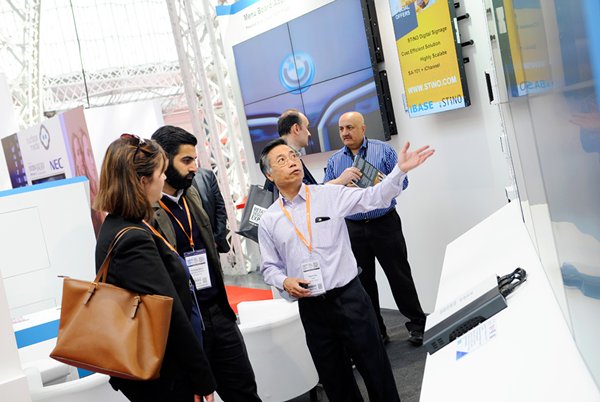
Ecobuild Southeast Asia 2018 took place from 27-29 March at the Kuala Lumpur Convention Centre.
Geoff de Freitas, Special Correspondent, Kuala Lumpur
